For many Indians living with diabetes, the daily diet often feels like a compromise between taste and health. But what if local vegetables sitting quietly in our markets could offer a natural way to manage blood sugar levels without taking the joy out of food?
That is exactly what Pune-based physician Dr. Pramod Tripathi, founder of the Freedom From Diabetes movement, is emphasizing in his latest video. Known as a pioneer in diabetes reversal through lifestyle changes, Dr. Tripathi shared six underrated Indian vegetables that, when added to the weekly menu, can help regulate blood sugar and improve overall well-being.
Six Super Veggies for Diabetes Management
According to Dr. Tripathi, these vegetables are often overlooked compared to the more popular bitter gourd ( karela), fenugreek ( methi), or okra ( bhindi), yet research shows they pack powerful benefits.
1. Ivy Gourd (Kundru or Tondli)
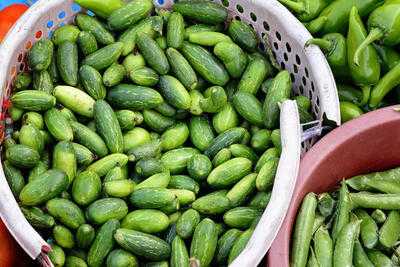 At the top of his list is ivy gourd, which he describes as “insulin mimetic”—acting like insulin to help muscles absorb glucose faster. It can be enjoyed raw in salads or steamed with a light coconut tempering.
At the top of his list is ivy gourd, which he describes as “insulin mimetic”—acting like insulin to help muscles absorb glucose faster. It can be enjoyed raw in salads or steamed with a light coconut tempering.
2. Cluster Beans (Guar Phali)
 Rich in soluble fiber known as guar gum, these beans form a lining in the intestines that slows carbohydrate absorption, helping manage post-meal sugar spikes.
Rich in soluble fiber known as guar gum, these beans form a lining in the intestines that slows carbohydrate absorption, helping manage post-meal sugar spikes.
3. Pointed Gourd (Parmal)
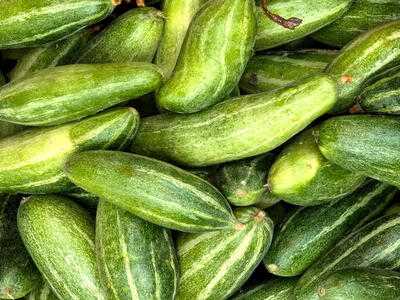 Despite being a tasty option when cooked with onions, pointed gourd rarely gets the attention it deserves. Animal studies show its action is comparable to metformin, a widely prescribed diabetes drug.
Despite being a tasty option when cooked with onions, pointed gourd rarely gets the attention it deserves. Animal studies show its action is comparable to metformin, a widely prescribed diabetes drug.
4. Snake Gourd (Padwal)
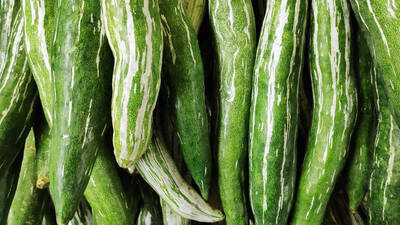 With triterpenoids and flavonoids that aid in lowering blood sugar, this vegetable not only supports intestinal health but benefits the entire body.
With triterpenoids and flavonoids that aid in lowering blood sugar, this vegetable not only supports intestinal health but benefits the entire body.
5. Moringa Pods (Drumsticks)
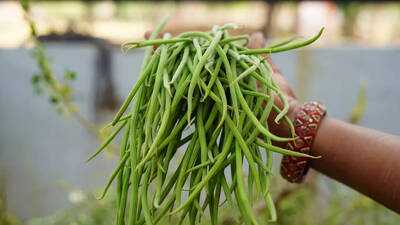 While moringa leaves often dominate health discussions, Dr. Tripathi highlights that the pods too are rich in isothiocyanates, compounds that reduce oxidative stress and enhance insulin secretion.
While moringa leaves often dominate health discussions, Dr. Tripathi highlights that the pods too are rich in isothiocyanates, compounds that reduce oxidative stress and enhance insulin secretion.
6. Ridge Gourd (Turai)
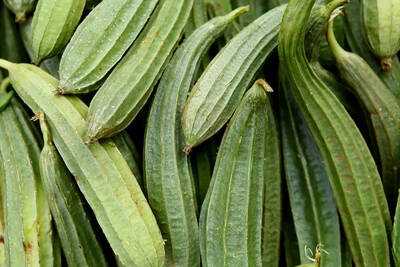 Light on digestion and high in fiber, ridge gourd is praised for its versatility. Dr. Tripathi particularly recommends chutney made from its ridges, prepared with sesame seeds and a mild tempering.
Light on digestion and high in fiber, ridge gourd is praised for its versatility. Dr. Tripathi particularly recommends chutney made from its ridges, prepared with sesame seeds and a mild tempering.
A Doctor’s Call for Dietary Change
In the video, Dr. Tripathi urges viewers to incorporate these six vegetables regularly, alongside traditional bitter gourd, fenugreek, and okra. He suggests trying them weekly for a month and observing improvements in blood sugar levels. "It’s time we stop ignoring these vegetables that are not just healthy but also delicious," he says.
The recommendations align with broader medical guidance. According to the Mayo Clinic and the U.S. Department of Health and Human Services, lifestyle management remains the most effective way to control type 2 diabetes. A combination of diet, exercise, and stress reduction plays a crucial role in lowering blood sugar levels and reducing long-term complications.
Dr. Tripathi’s Freedom From Diabetes program, launched in 2013, is based on four pillars: nutrition, exercise, stress management, and medical supervision. Thousands of participants across India have reported success in reducing medication dependence by adopting his approach.
Diabetes-friendly diets are often seen as restrictive, but Dr. Tripathi’s list reminds us that local, affordable vegetables can deliver both flavor and function. From drumsticks in sambhar to ridge gourd chutney, the kitchen can remain a place of joy while supporting better health. As Dr. Tripathi puts it, “Do this for a month, then check your sugar levels and see the difference.”
That is exactly what Pune-based physician Dr. Pramod Tripathi, founder of the Freedom From Diabetes movement, is emphasizing in his latest video. Known as a pioneer in diabetes reversal through lifestyle changes, Dr. Tripathi shared six underrated Indian vegetables that, when added to the weekly menu, can help regulate blood sugar and improve overall well-being.
Six Super Veggies for Diabetes Management
According to Dr. Tripathi, these vegetables are often overlooked compared to the more popular bitter gourd ( karela), fenugreek ( methi), or okra ( bhindi), yet research shows they pack powerful benefits.
1. Ivy Gourd (Kundru or Tondli)
2. Cluster Beans (Guar Phali)
3. Pointed Gourd (Parmal)
4. Snake Gourd (Padwal)
5. Moringa Pods (Drumsticks)
6. Ridge Gourd (Turai)
A Doctor’s Call for Dietary Change
In the video, Dr. Tripathi urges viewers to incorporate these six vegetables regularly, alongside traditional bitter gourd, fenugreek, and okra. He suggests trying them weekly for a month and observing improvements in blood sugar levels. "It’s time we stop ignoring these vegetables that are not just healthy but also delicious," he says.
The recommendations align with broader medical guidance. According to the Mayo Clinic and the U.S. Department of Health and Human Services, lifestyle management remains the most effective way to control type 2 diabetes. A combination of diet, exercise, and stress reduction plays a crucial role in lowering blood sugar levels and reducing long-term complications.
Dr. Tripathi’s Freedom From Diabetes program, launched in 2013, is based on four pillars: nutrition, exercise, stress management, and medical supervision. Thousands of participants across India have reported success in reducing medication dependence by adopting his approach.
Diabetes-friendly diets are often seen as restrictive, but Dr. Tripathi’s list reminds us that local, affordable vegetables can deliver both flavor and function. From drumsticks in sambhar to ridge gourd chutney, the kitchen can remain a place of joy while supporting better health. As Dr. Tripathi puts it, “Do this for a month, then check your sugar levels and see the difference.”







